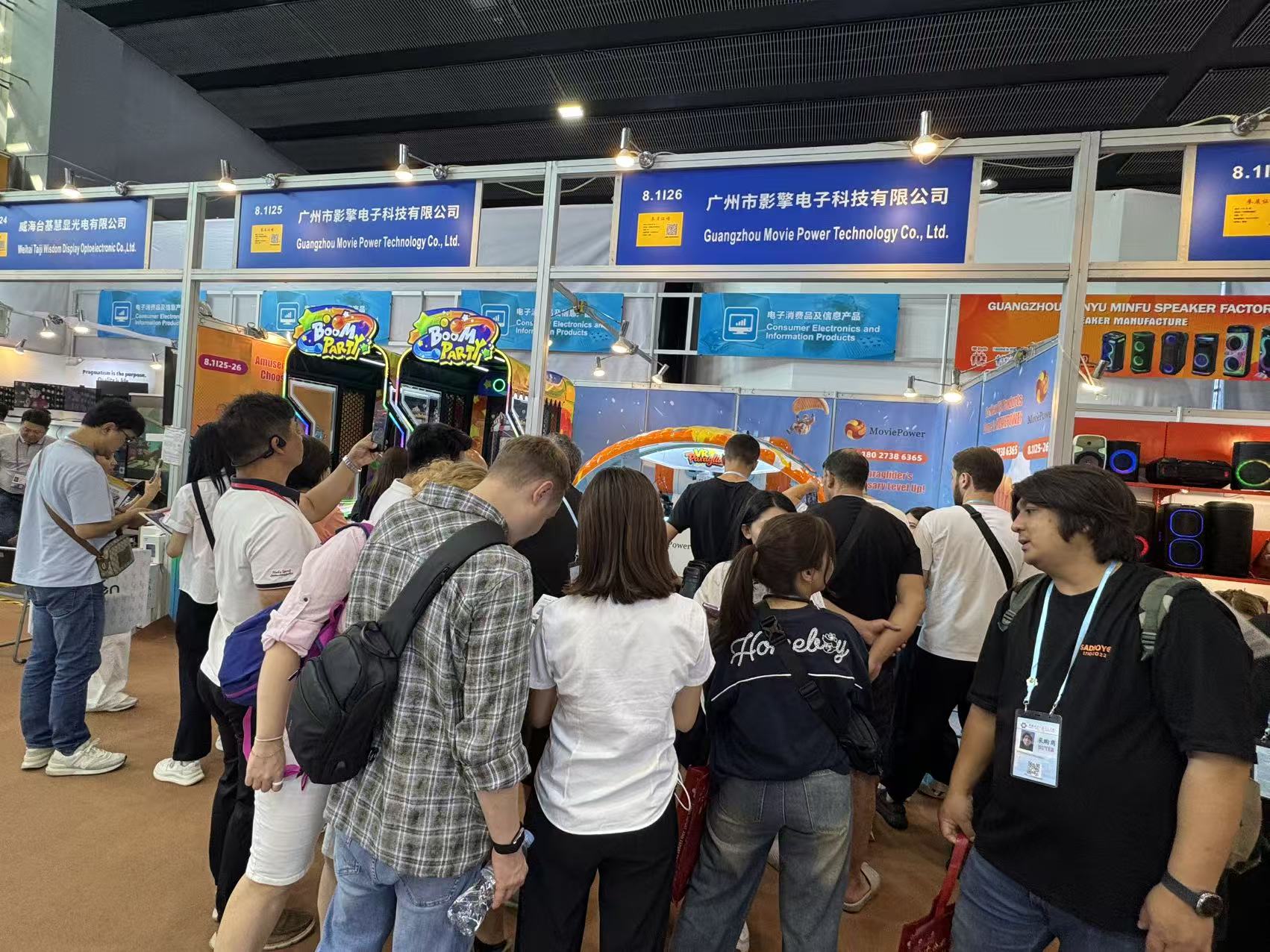
fonte: Pinterest
A tecnologia de realidade virtual revolucionou completamente os jogos, criando experiências imersivas que antes eram apenas uma invenção da imaginação. Uma das ofertas mais populares do mundo dos jogos de realidade virtual são Arcadas de VR, que oferecem jogos de realidade virtual e simulações que transportam jogadores para outro mundo. Entre esses simuladores, os mais populares do mercado são Simuladores de corrida VR, VR Simuladores voadores, e Simuladores de montanha -russa VR. No entanto, O VR Flight Simulator tem sido uma nova adição à crescente tendência de experiências imersivas de jogos.
O que são simuladores de voo VR?

fonte: Pinterest
Um simulador de voo de realidade virtual é uma máquina que emula a experiência de voar um avião, helicóptero, ou espaçonave. Eles usam sensores, som realista, e telas de alta resolução para criar uma experiência de voo totalmente envolvente. Os jogadores controlam um controlador especialmente projetado, como um joystick ou manche, para controlar e manobrar a aeronave virtual. Simuladores de vôo VR estão disponíveis em vários formatos, variando de plataformas de cockpit em grande escala a plataformas verticais com headset VR e controle sem fio. Simuladores de vôo de realidade virtual populares incluem X-Plane 11, Microsoft Flight Simulator e mundo do simulador de combate digital.
Vantagens dos simuladores de vôo VR
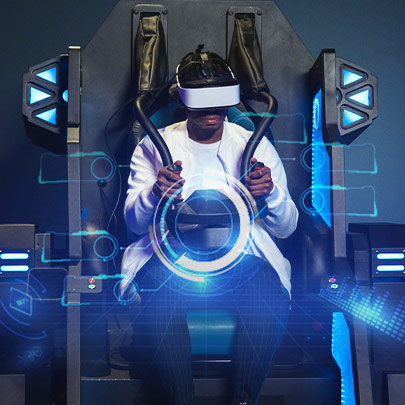
fonte: Pinterest
Os simuladores de voo VR têm vários benefícios em comparação com experiências de voo da vida real ou modos de jogo tradicionais, como jogos de console. Aqui estão algumas vantagens de usar simuladores de vôo VR:
- Ambiente Seguro: Os simuladores de voo VR fornecem um ambiente seguro para aprender e testar diferentes cenários de voo, apesar dos riscos associados ao vôo real.
- Experiência imersiva: Os simuladores de voo VR proporcionam uma maior sensação de estar no controle do voo, ao mesmo tempo que permitem aos jogadores experimentar o voo da forma mais realista possível..
- Acessibilidade: Com realidade virtual, jogadores de todos os níveis, de pilotos novatos a experientes, pode gostar de pilotar uma aeronave. Esta acessibilidade promove a aprendizagem e pode ajudar a criar futuros pilotos do mundo real.
Tipos de simuladores de voo VR
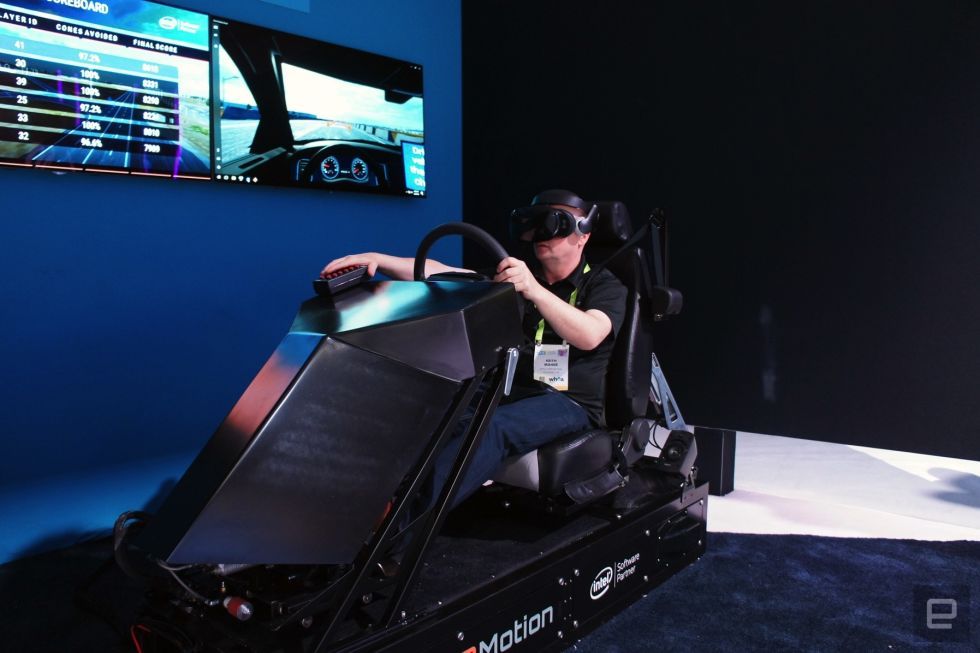
fonte: Pinterest
A realidade virtual revolucionou a forma como experimentamos os jogos, e simulações tornaram-se uma forma cada vez mais popular de entretenimento. Um simulador de voo de realidade virtual é um desses entretenimentos simulativos que capturou a imaginação de pilotos e jogadores. Esses simuladores vêm de várias formas, cada um oferece uma experiência imersiva única. Aqui estão os três tipos mais comuns de simuladores de voo VR.
Simulador de vôo VR
Um simulador de voo VR replica a experiência de pilotar um avião, Seja um avião comercial ou um jato militar. Com os recursos de controle de movimento, O usuário pode direcionar o avião suavemente enquanto muda seu peso para manipular os controles de vôo. Alguns simuladores oferecem resistência e turbulência realistas, oferecendo uma experiência abrangente. Muitas vezes, Essas experiências de RV são combinadas com efeitos sonoros realistas para criar uma experiência imersiva de voo.
Simulador de montanha russa VR
Um simulador de montanha-russa VR leva a experiência de passeio em um parque de diversões a um nível totalmente novo. Esses simuladores são projetados para recriar a sensação de andar em uma montanha-russa emocionante, desde as quedas de cair o queixo até as voltas e reviravoltas revigorantes. Esses simuladores possuem sistemas avançados de feedback tátil que criam uma experiência verdadeiramente envolvente, fazendo o usuário se sentir como se estivesse sentado em uma verdadeira montanha-russa.
Simulador de slides VR
Um simulador de slides VR oferece uma experiência única de escorregar e deslizar que envolve o usuário e o faz sentir como se estivesse deslizando na realidade. A tecnologia VR recria o ambiente virtual que parece um parque aquático exótico. O usuário pode deslizar pelos canos de água, deslizar no ar, ou faça um passeio em uma incrível montanha-russa. A simulação fornece o mesmo efeito de vento e gravitacional que o deslizamento real ou passeio de montanha-russa, proporcionando uma experiência emocionante.
Existem muitos tipos diferentes de máquinas simuladoras de vôo VR, cada um projetado para proporcionar uma experiência única. Cada um desses simuladores tem seus prós e contras, e cabe ao usuário decidir qual prefere. Por exemplo, Simuladores de vôo VR proporcionam uma experiência realista e educacional, enquanto os simuladores de corrida VR injetam adrenalina em um jogo de corrida competitivo. Os simuladores de montanha-russa VR proporcionam uma experiência emocionante de passeio em um parque de diversões, e simuladores de escorregadores VR oferecem ao usuário um passeio seco em toboáguas.
Tecnologia VR e o futuro dos simuladores de vôo
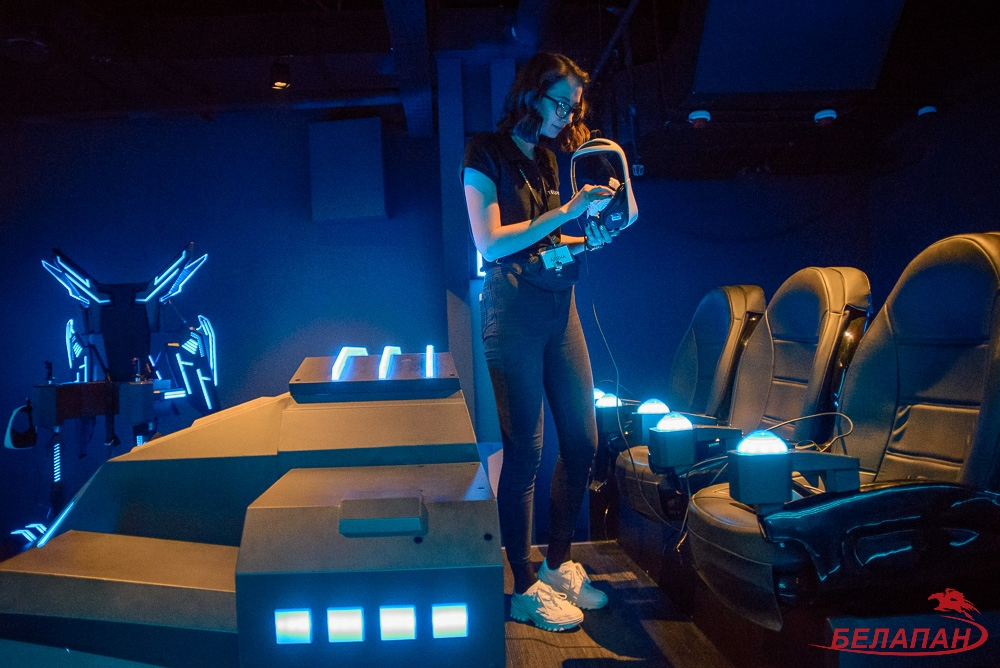
fonte: Pinterest
A tecnologia de realidade virtual está avançando em um ritmo fenomenal, com novos desenvolvimentos e avanços sendo descobertos todos os dias. Isso levou a um aumento na popularidade de experiências imersivas, incluindo simuladores de voo VR. Nos últimos anos, a realidade virtual tem sido usada em vários setores, incluindo aviação, aumentar segurança de treinamento, relação custo-benefício, e acessibilidade.
Tecnologia de feedback tátil
Um grande avanço na tecnologia de realidade virtual é o desenvolvimento da tecnologia de feedback tátil. A introdução de sistemas avançados de feedback tátil significa maior imersão e realismo na realidade virtual. Esses sistemas de feedback tátil fornecem vibração e resposta tátil, proporcionando ao usuário a sensação do tato, vibração, ou movimento que aumenta ainda mais o realismo.
Inteligência Artificial em Simulações VR
Além disso, inteligência artificial (IA) tem sido usado para crie simulações mais realistas. Com avanços em IA, máquinas de simulação de voo de realidade virtual agora podem replicar cenários do mundo real em alta definição e oferecer uma experiência de voo mais realista. Estes proporcionam situações mais desafiadoras para pilotos ou futuros pilotos, oferecendo um nível de interação mais próximo dos cenários do mundo real, incluindo elementos ambientais como incêndios ou condições climáticas.
Conectividade sem fio em simuladores de voo VR
Conectividade sem fio é um recurso que desempenhará um papel fundamental no futuro das simulações de voo em realidade virtual. Uma das principais preocupações dos simuladores de vôo VR é que os fios às vezes podem impedir a mobilidade do jogador, o que pode afetar negativamente a experiência. No entanto, a tecnologia de conectividade sem fio resolve esse problema. Máquinas de simulador de vôo VR com a mais recente tecnologia sem fio podem simular cenários extensos e abrangentes sem qualquer esforço causado pelos sistemas de fiação tradicionais.
Possibilidades futuras de VR para a indústria da aviação
No futuro, é possível que a realidade virtual seja usada em diferentes áreas da aviação, incluindo engenharia e aeronaves deésinal. Engenheiros, fabricantes de aeronaves, e empresas de simulação podem trabalhar juntas para criar ferramentas de inspeção de realidade virtual exclusivas e aprimoradas para aeronaves. A realidade virtual pode ser aproveitada para testar e desenvolver novos modelos de aeronaves em um mundo totalmente virtual. Por aqui, a indústria da aviação pode economizar tempo e dinheiro ao se concentrar em projetar as aeronaves mais eficientes e seguras possíveis.
Conclusão
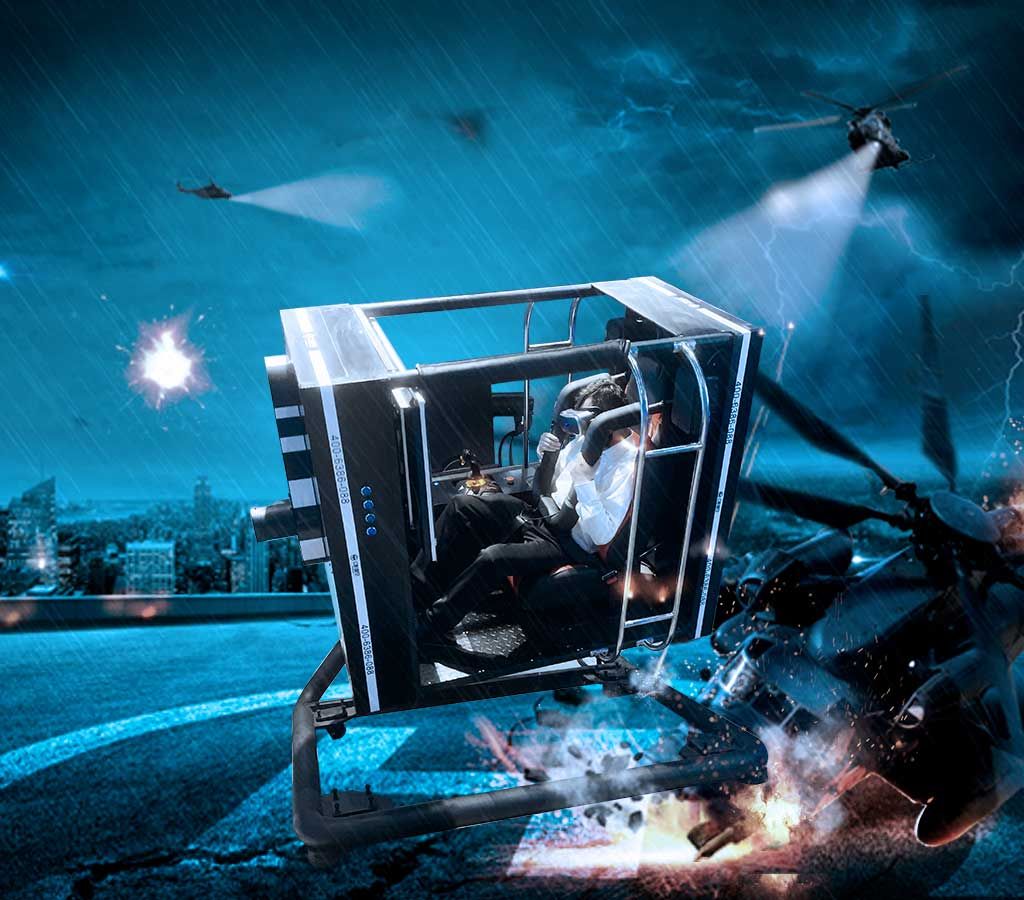
fonte: Pinterest
Simuladores de voo de realidade virtual oferecem uma experiência imersiva e realista para aqueles interessados na emoção de voar. Com fácil acessibilidade e os benefícios de um ambiente totalmente controlado e seguro, Os simuladores de voo VR são a escolha perfeita para aqueles que não desejam ou não podem experimentar o voo na vida real. Os avanços tecnológicos que estamos vendo significam que os simuladores de vôo VR continuarão a aumentar em popularidade. Então, por que esperar? Entre em contato com o mais próximo Fornecedores de fliperama VR e experimente a emoção de voar sem sair dos pés!

